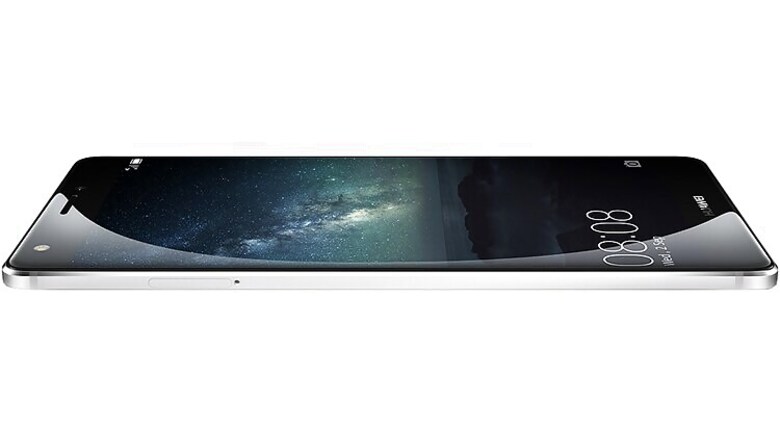
views
Berlin: China's Huawei Technologies unveiled a new smartphone on Wednesday, taking aim at the high end of the market, which is dominated by Apple and Samsung Electronics.
The Mate S, launched on the sidelines of Europe's biggest consumer electronics show, IFA, in Berlin, has a 5.5-inch display, a 13 mega pixel rear camera and fingerprint security. Huawei says it is one of the first smartphones to include a Force Touch display, which can distinguish between a light tap and deep press, enabling access to more functions just by pressing harder.
Apple is also expected to introduce iPhones featuring Force Touch technology next week.
Huawei became the world's third-biggest smartphone company by sales last month, according to research firm Gartner, overtaking Chinese rival Lenovo, and aims to become the first Chinese firm to sell more than 100 million smartphones this year.
But it is still far behind Samsung, which had 21.9 per cent of the market in the second quarter, and Apple, on 14.6 per cent. Huawei's share rose to 7.8 per cent from 5.4 per cent in the first quarter.
Huawei's Mate S phone will retail for 649 euros ($732) - comparable to some higher-end Apple iPhone 6 series models - with a premium version for 748 euros, the Chinese company said.
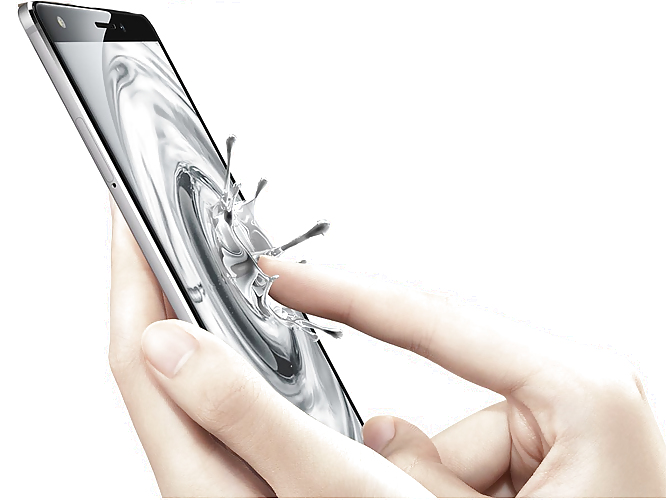
The top of the smartphone market is a tough environment, as Samsung has experienced. While it remains the world's biggest smartphone maker, Apple is reaping most of the rewards. The US company is estimated by some analysts to earn 90 per cent or more of the industry's profits.
Margins at Samsung's mobile division fell to 10.6 per cent in the second quarter, from 15.5 per cent a year earlier, despite the April launch of its critically acclaimed Galaxy S6 range.
Huawei has its roots in telecoms equipment gear where it competes with the likes of Ericsson and Nokia, but it has invested heavily in consumer devices in recent years.
Its Mate S will be available in more than 30 countries including China, Germany, Israel, Japan, France, Germany and Spain and can be pre-ordered in Western Europe from September 15.
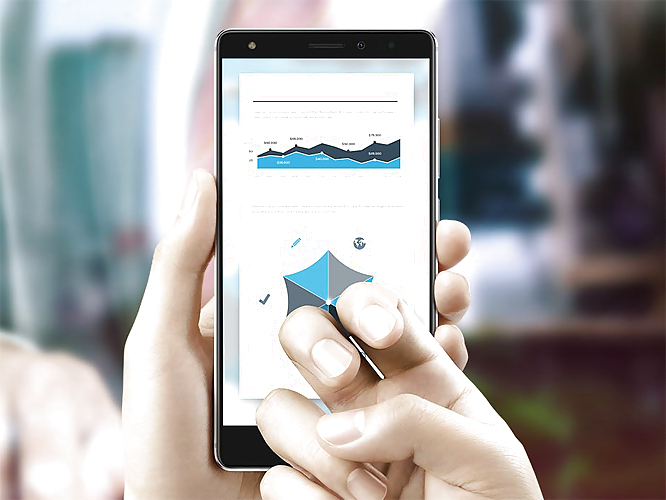
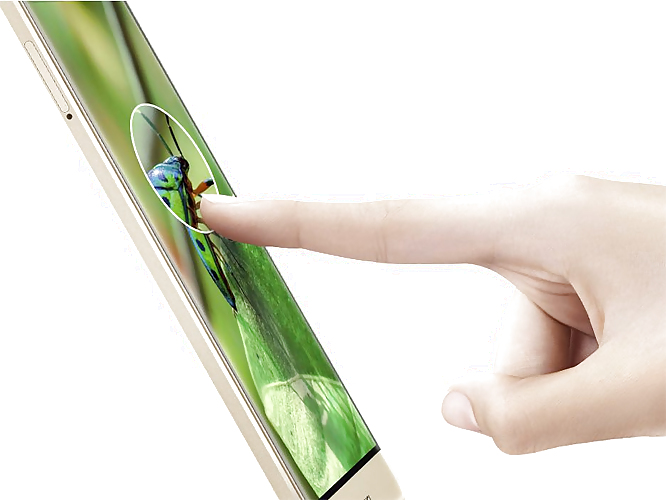

















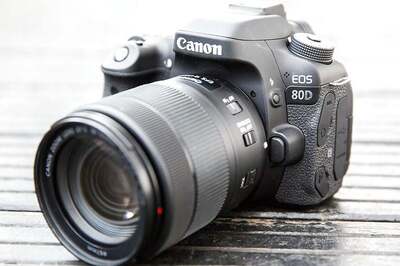
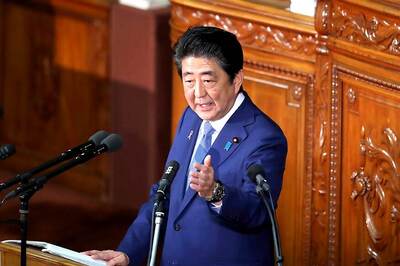


Comments
0 comment